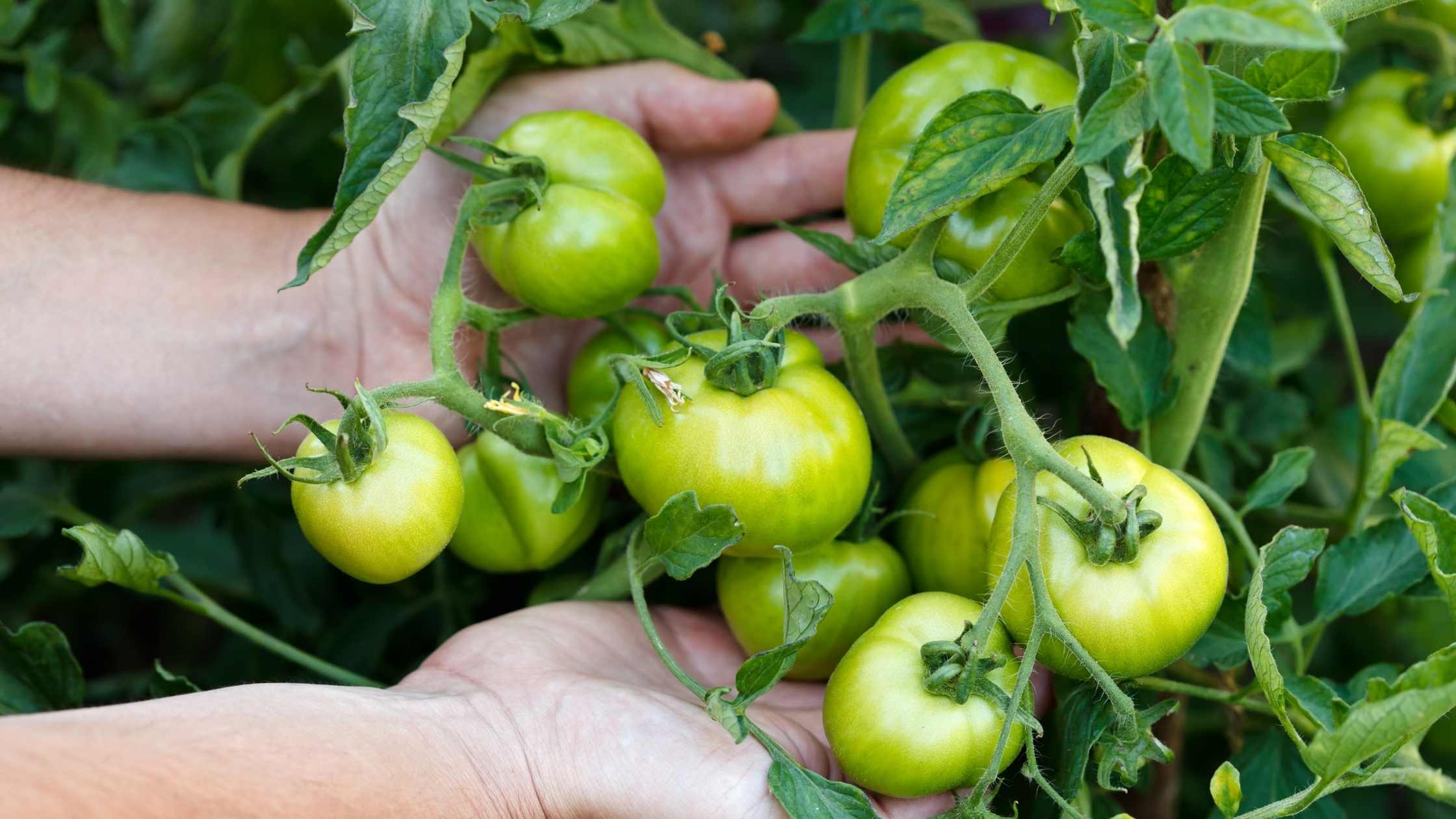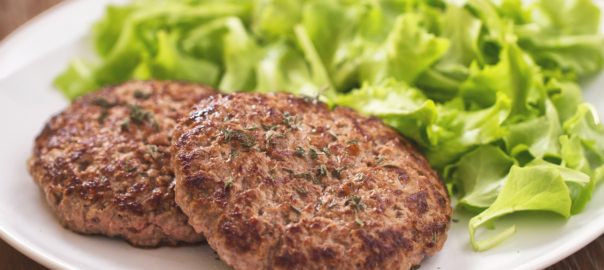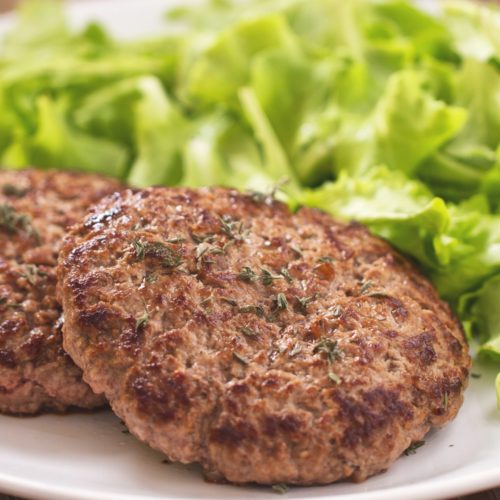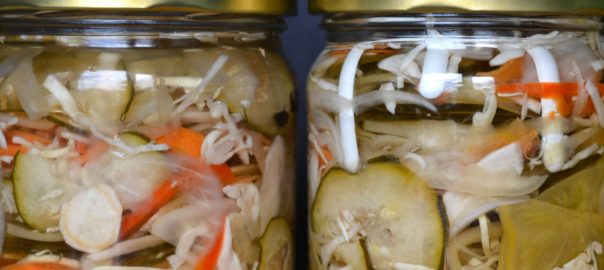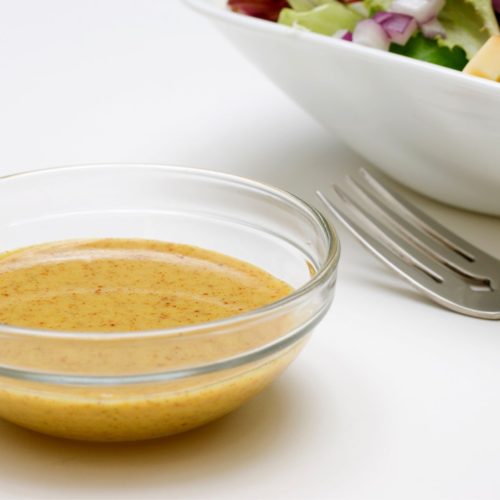 |
| Purslane | photo: Aomorikuma |
Merriweather has been posting delicious pictures and food ideas for many of his foraged delights. The other day he posted a picture of purslane (Portulaca oleracea).
When we lived in CT my husband and I had the stuff running wild all throughout our vegetable garden. It was, quite frankly, a weed. I spent many hours yanking the stuff out cursing at how readily it regrew not realizing that just the act of weeding caused it to reseed and become more vigorous.
All that changed the day I was at a local farmers market and saw one of the farmers there selling the stuff. His was golden purslane which is slightly different than the everyday variety we had in our garden, but it was purslane nonetheless. I began to look at my weedy friends with a rather different eye.
A succlent plant with an unusual sour-yet-sweet flavor I quickly discovered that although you can eat it raw I didn't like it that way. I also don't like okra and the texture was too similar for me. Steamed was okay but the best was when The Washington Post published this recipe for a purslane and spring pea soup. Let me tell you four cups of purslane is a fair amount. And this recipe is so delicious we often doubled it thereby neatly using up large quantities of purslane. High in both vitamin A and C as well as magnesium, purslane can be a good vegetable to add to your nutrition plan…if you can find it.
Purslane Soup
2 tablespoons organic butter
2 leeks (white and light-green parts only), washed and chopped
4 cups purslane, rinsed and dried
2 cups fresh peas
3 medium yukon gold potatoes, peeled and diced
4 cups vegetable broth
Sea salt
Fresh ground black pepper
In a large pot melt the butter.
Add leeks and saute until limp and golden.
Add purslane, peas, potatoes, and broth.
Bring to just under a boil, reduce heat and simmer 30 minutes.
Remove from the heat and blend using an immersion blender.
Salt and pepper to taste.
May be served hot or cold with a dollop of creme fraiche or sour cream on top.


